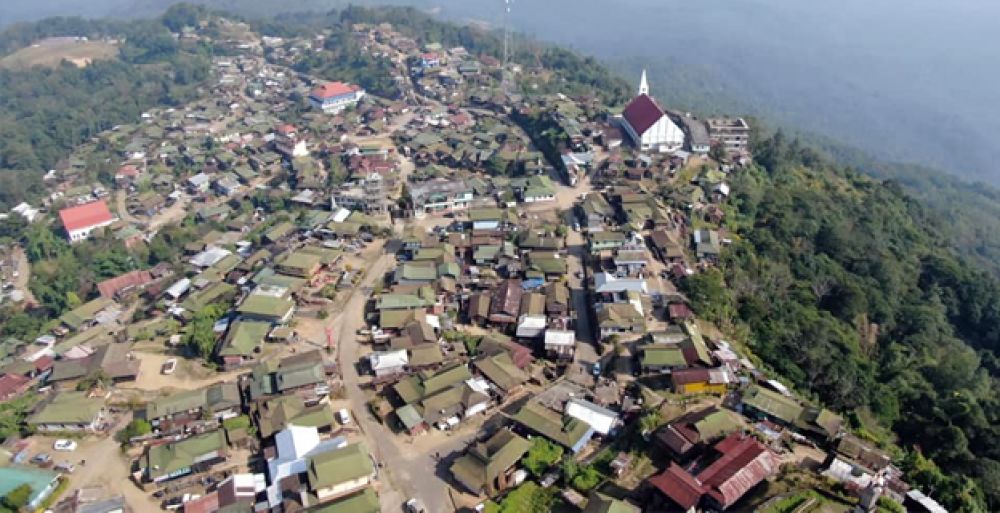

Longkhum Village, nestled in the pristine hills of Mokokchung District in Nagaland, India, is a hidden gem with a rich tapestry of culture and heritage. This picturesque village is inhabited by the Ao tribe, known for their vibrant culture and warm hospitality.
Tourism in Longkhum Village has been a relatively recent development, compared to other historical sites in India. Traditionally, the village was a secluded community, with limited exposure to the outside world. However, towards the end of the 20th century, the natural beauty and unique cultural experiences Longkhum had to offer began attracting intrepid travelers and anthropologists.
The government of Nagaland, recognizing the potential of village tourism, started to promote Longkhum along with the annual Hornbill Festival, which showcases the cultural splendor of Nagaland to the world. Slowly, Longkhum caught the eyes of domestic and international tourists seeking offbeat destinations away from the crowded tourist circuits.
Longkhum Village has embraced tourism while preserving its cultural integrity and environment. The latest trends in tourism here focus on sustainable and responsible travel. Visitors are encouraged to engage with the local community, learn about their traditions, and participate in their day-to-day life.
Eco-tourism is a significant trend, with an emphasis on conservation and educating tourists about the biodiversity of the region. Local homestays and guesthouses offer authentic experiences while ensuring that the benefits of tourism are distributed within the community.
Community-based tourism initiatives are also popular, allowing visitors to understand the intricate relationship between the tribal community and their environment. Cultural exchanges, handicraft workshops, and traditional music and dance performances are organized to showcase the rich heritage of the Ao people.
Adventure tourism is on the rise, with opportunities for trekking, bird watching, and exploring the lush landscapes that surround the village. Longkhum is also well-known for its ethno-botanical significance, with various plant species having medicinal and cultural importance to the Ao tribe.
A visit to Longkhum Village offers a combination of natural beauty, cultural richness, and a tranquil environment. The village is a haven for those looking to escape the hustle and bustle of city life and immerse themselves in a serene atmosphere, where the old-world charm blends seamlessly with responsible modern tourism practices.
Whether you're an anthropologist, a nature enthusiast, or just someone seeking a unique holiday experience, Longkhum Village welcomes you with open arms and promises an unforgettable journey into the heart of Nagaland's Ao heritage.